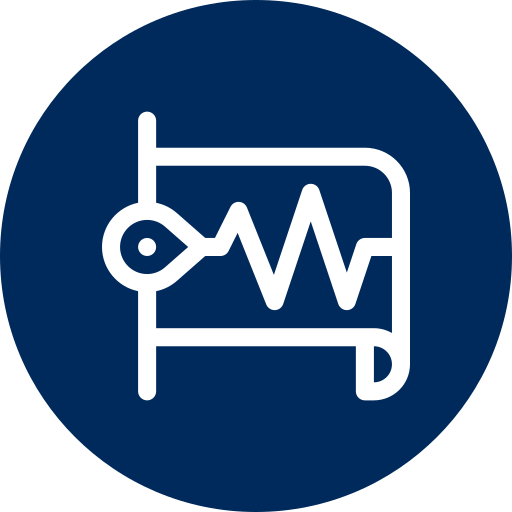Testing that Reaches the World
IEEE 323 and 344: Seismic Qualification of Safety Related Equipment for Class 1E Equipment
Clark Testing provides IEEE 323 & 344 seismic qualification testing and consulting for manufactures selling Class 1E equipment and components for safety related use in a nuclear power application. Clark maintains ASME NQA-1 and 10 CFR Part 50 Appendix B quality assurance programs and is a member of the Nuclear Industry Assessment Committee (NIAC).
Clark’s engineering team provides custom test fixture designs and offers specialized data acquisition solutions up to 100 channels. These services allow nearly any product to be qualified, regardless of size and complexity.
In addition to nuclear testing services, Clark leverages years of industry experience to develop full qualification plans and aids customers through our various consultation programs.
Common Technical Definitions Related to Seismic Testing Include:
- Class 1E Equipment: Equipment known as safety related installed in a nuclear plant
- 10 CFR Part 50 Appendix B: Quality Assurance Criteria
- ASME NQA-1: Nuclear Quality Assurance Program
- NPP: Nuclear Power Plants
- IEEE: Institute of Electrical and Electronics Engineers
- IEEE Standard 323 & 344 - IEEE Recommended Practice for Seismic Qualification of Class 1E Equipment for Nuclear Power Generating Stations.
- OBE: Operating Basis Earthquake -the vibratory ground motion at which those features of the nuclear power plant necessary for continued operation without undue risk to the health and safety of the public will remain functional. OBE tests are generally one-half to two-thirds of the SSE levels. These are used to determine need for plant shut down due to an earthquake.
- SSE: Safe Shutdown - the vibratory ground motion at which certain structures, systems, and components must be designed to remain functional. This term is used to identify the site-independent design ground motion.
- RRS: Required Response Spectra
- Seismic conditions of the buildings represented by RRS of the locations, on which the equipment subject to qualification is installed.
- CSDR: Certified Seismic Design Response Spectra
- GMRS: Ground Motion Response Spectra
Cark offers full equipment qualification and consultation programs for Safety related Actuators and Valve Actuators. Our Engineers provide qualification procedures and test programs encompassing the following test methods:
- Triaxial Seismic
- Required input Motion
- Vibration Aging
- Cyclic Aging
- Radiation Aging
- Thermal Aging
- LOCA (loss of coolant accident)
IEEE 382 is written for safety critical actuators and equipment, often connected to fluid control systems in nuclear power plants. A full IEEE 382 qualification program will expose the equipment under test to the most adverse aging mechanisms expected during its operating life prior to subjecting it to worst case accident conditions.
Clark’s purpose-built RIM Shake Tables at are capable of performing all vibration test methods referenced in the IEEE 382, at equipment weights up to 15,000lbs. Our shakers can supply 55,000 lbs. of force with a 10” pk-pk stroke and employ specially designed valving to allow shake table velocities in excess of 100in/s.
We commonly perform the following seismic vibration test methods:
- Resonance searches to determine equipment resonance
- Single-axis RIM Sine sweep OBEs
- Single-axis RIM Sine beat SSEs (required for actuators operating in Nuclear Plants)
- Single-axis Vibration Aging
- Tri-axial Shock Response Spectrum Testing (per IEEE 344)
For line mounted equipment, the excitation forces are typically found at a single dominant frequency, generally the resonate frequency of the piping system. To qualify this equipment, the seismic excitation derived from the RIM curve must be additionally applied to generic seismic qualification RRS tests.
